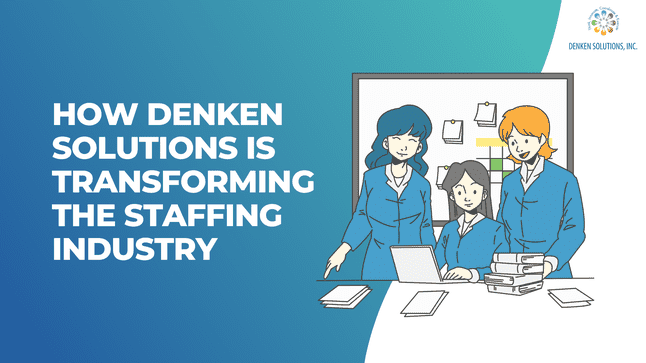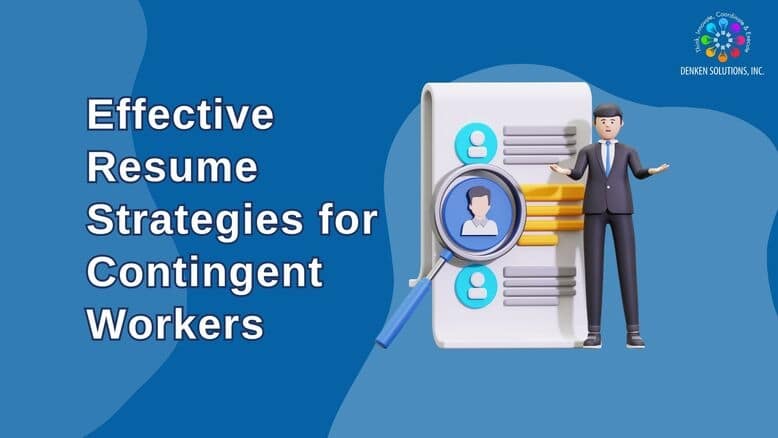Achieving Contingent Workforce Cost Savings Through Strategic Labor Expense Reduction
While most employers consider engaging contingent workers in their business to bridge skill gaps, mitigate labor shortages, or bring in specialized skills and experience, they often overlook the financial benefits that contingent workers bring. Strategies like labor cost optimization and contingent workforce cost savings can significantly improve operational efficiency. In view of the constant evolution of the global workforce, it can be said that business leaders face tremendous pressure to restrict budgets without compromising the quality of products or services. With such financial constraints, building a resilient and agile team with full-time employees becomes quite challenging.
Contingent workforce management has emerged as a cornerstone of agile workforce strategies, helping employers save staffing costs while acquiring the desired skillsets and competencies required to fulfill business needs or project goals. However, it all depends upon the labor expense reduction strategies initiated by an organization to hire and manage contingent workers.
In this article, we will discuss the financial challenges that organizations often face while developing and managing a contingent workforce and the ways in which organizations can reduce labor expenses for the same.
Key financial challenges in contingent workforce cost savings management
Compliance and tax regulations
One of the major challenges that occur while forming contracts with contingent workers is adhering to market-specific contingent worker compliance and tax regulations. In the absence of proper updates and knowledge regarding contingent labor compliance, organizations can be exposed to legal risks and high-cost penalties. For example, non-compliance with IRS guidelines on worker classification can result in fines and damage to a company’s reputation.
Ineffective hiring practices
While managing a contingent workforce is a tactical imperative for businesses, the lack of a streamlined hiring approach can make the strategy ineffective, thereby leading to elevated costs. Without following contingent hiring best practices, businesses might experience delays and inefficiencies in fulfilling project requirements.
Misclassification of contingent workers
Worker classification determines the substantial protection of employees in terms of fair wages, overtime pay, and other employee benefits, thereby affecting their labor rights and social security. Misclassification is not just a compliance issue but also a financial one, as it can cause employers to encounter high penalties and disrupt workforce planning strategies.
Paying a higher amount for a short-term project
Though contingent workers help reduce overhead costs associated with onboarding, training, and employee benefits, employers may sometimes end up paying a higher amount for short-term projects while attempting to fill positions quickly. This highlights the importance of labor cost optimization through proper planning.
Absence of transparency in the budget management process
When there is a lack of visibility in the budget management process, recruiters face challenges in tracking labor expenses and setting cost controls. Implementing tools like a vendor management system (VMS) can help streamline this process and ensure better financial control.
Also read: Compliance in Contingent Staffing in the USA: Ultimate Employers Guide
Labor expense reduction strategies to be used for contingent workforce cost management
To deal with the aforementioned financial challenges while creating a contingent workforce for your business, it is essential to undertake a structured approach and follow some strategic ways.
Balance your contingent workforce costs with business/project requirements
To manage your contingent workforce in a cost-efficient manner, you need to magnify your workforce planning and strike the right balance between contingent labor expenses and your business or project goals. Closely assess and review your project goals or business needs to smartly blend your fixed, full-time employees with contingent workers. Contingent workforce optimization ensures cost-efficiency while meeting critical objectives.
Centralize your contingent workforce program through a VMS
With a centralized contingent workforce program, you can gain comprehensive visibility not only of the performance data of your contingent workers but also of the hidden costs and inefficiencies associated with the contingent workforce. This can be achieved by implementing a neutral Vendor Management System (VMS), which effectively tracks and controls contingent staffing costs, simplifies task management by automating workflows, and generates periodic reports on the performance of contingent workers. A neutral VMS can also help you streamline your hiring process by keeping you updated on hiring trends, contingent worker compliance issues, and many more.
Follow a well-structured hiring process
Besides optimizing your workforce planning, ensure that you follow a precise and standardized hiring process. From screening to onboarding, design and follow a set of hiring principles that not only help you get hold of the best candidates but also enable you to reduce administrative costs and elevate business efficiency. By adopting contingent hiring best practices, you can mitigate risks and enhance labor cost optimization.
Invest in skilled and experienced contingent workers
Many employers strategize to save labor costs by hiring freshers or not-so-experienced contingent workers to suit their short-term business or project needs but end up spending more on training and upskilling them. Remember, fresh graduates will surely need some training, in the absence of which they may fail to deliver quality performance. Hence, if you want to avoid spending heavy amounts of money and time on training freshers, consider hiring skilled and experienced contingent workers. This approach ensures labor expense reduction and supports workforce planning.
Adopt a data-driven approach to mitigate risks and implement contracts
To save your business from getting exposed to heavy legal penalties due to non-compliance with labor laws, it is best to back your contingent staffing process and policy with a data-directed approach. By keeping yourself updated and informed about ongoing developments in labor laws and regulations, you can ensure the classification of your contingent workers appropriately, safeguard their interests, and implement clear contracts.
Join forces with a reliable staffing agency
To get an all-in-one strategic solution to reduce your contingent labor expenses, collaborate with a reliable and experienced staffing agency like Denken Solutions. At Denken Solutions, we rely on cutting-edge technologies and high-grade expertise to boost the value of your contingent workforce.
By choosing us as your staffing partner, you can access a vast pool of pre-screened and experienced contingent workers who might be the right fit for your business. Additionally, by recognizing and assessing your business objectives, we help you optimize your contingent workforce management program, thereby helping you reduce labor expenses. With extensive knowledge of labor laws and regulations across the globe, our team of dedicated professionals ensures that your business stays perfectly compliant while managing a contingent workforce.
Conclusion
It is true that a contingent workforce can help businesses save a good deal of time and money, which might not be possible with a full-time workforce. However, to get the full-fledged financial benefits of a contingent workforce, employers need to undertake a strategic approach to hiring and managing contingent workers. It is necessary to balance the contingent staffing costs with business or project requirements, centralize the contingent workforce management process through a neutral VMS, and follow a well-planned hiring process. It is equally essential to back the hiring process with a data-driven approach, invest in skilled and competent contingent workers for core positions instead of fresh graduates, and of course, partner with an expert staffing agency.



